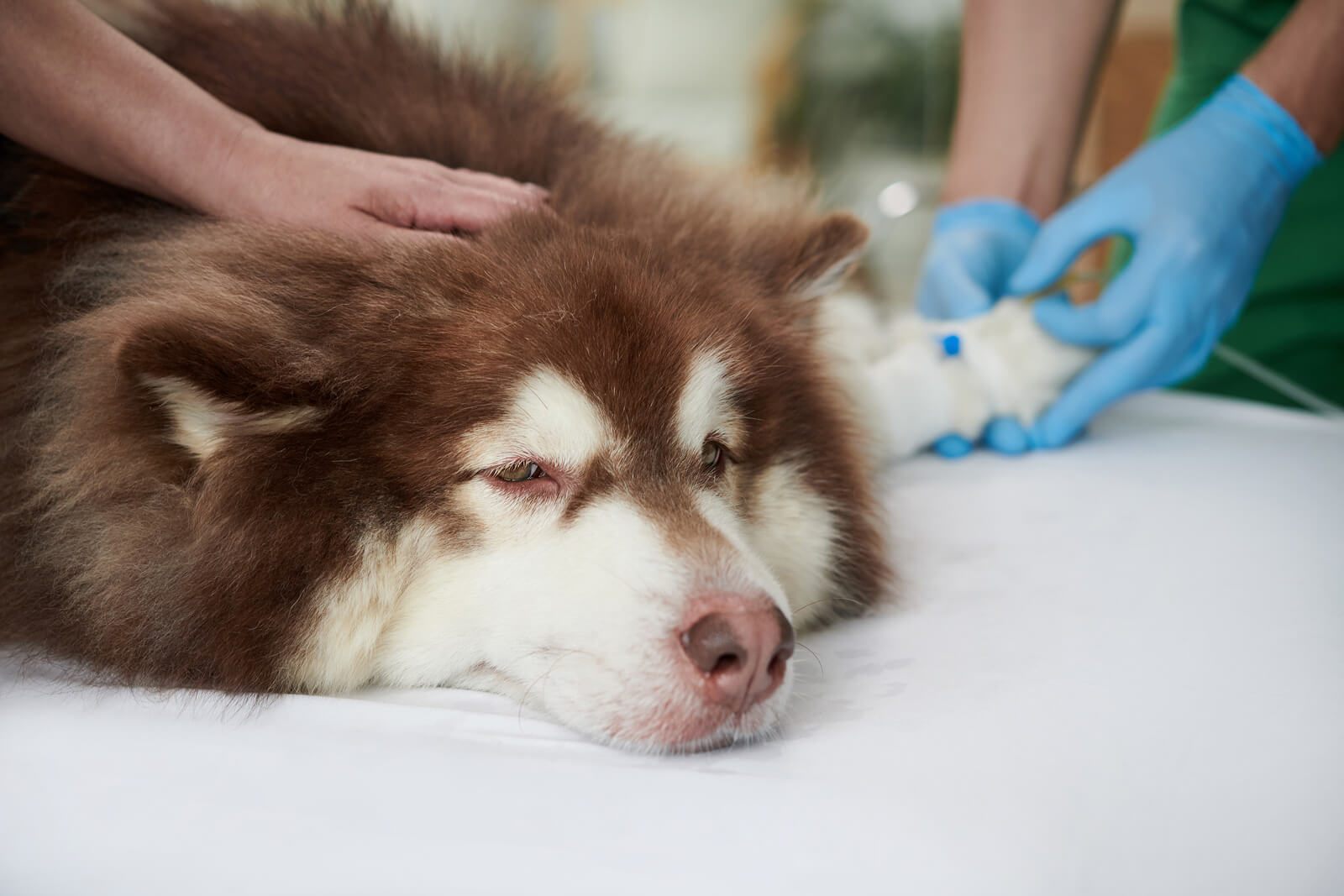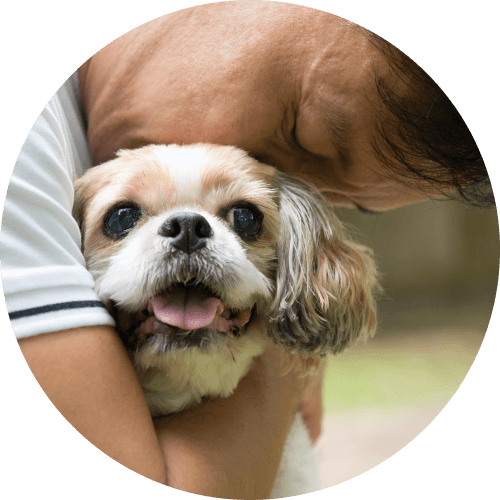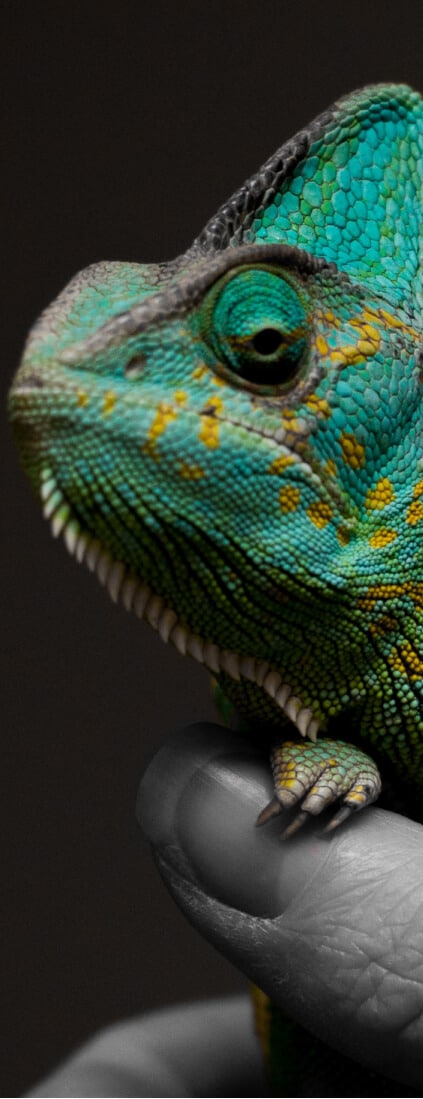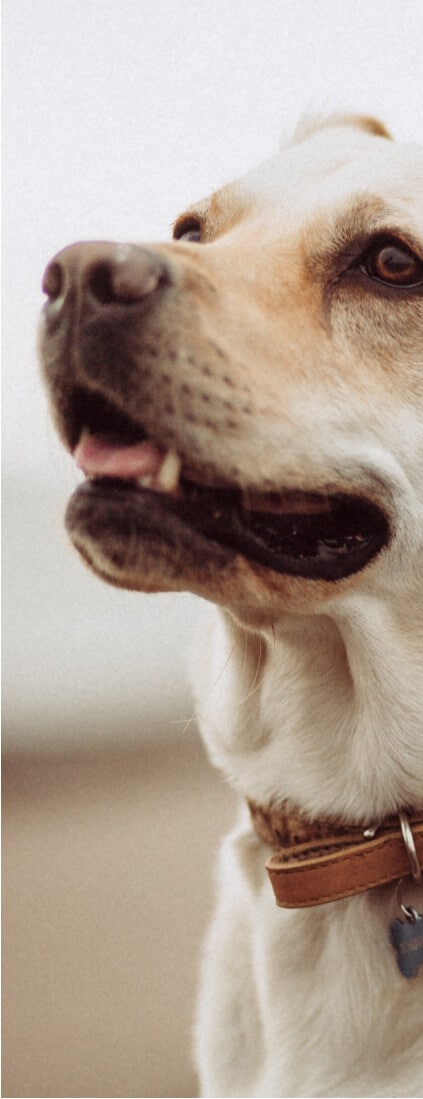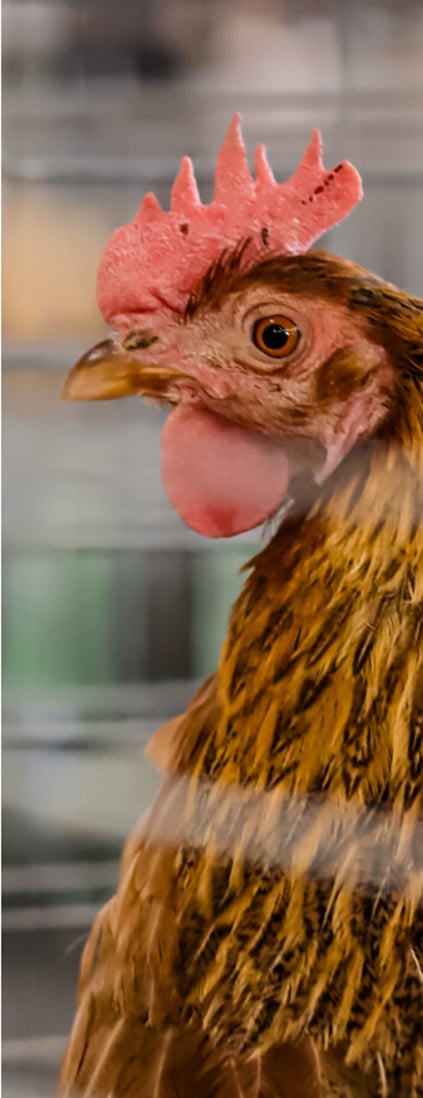Deciding when to say goodbye to a dog with cancer is one of the hardest choices any pet owner can face. Every case of cancer is unique, and the journey often involves moments of hope mixed with uncertainty.
As the disease progresses, there may come a time when treatments stop working, and your focus shifts from fighting the illness to easing the discomfort.
This guide outlines 8 signs that can help you recognize when your dog’s quality of life is declining. It’s meant to offer clarity during a difficult time—and support you in making a decision that puts your dog’s comfort and dignity first.
Understanding How Cancer Progresses in Dogs
Cancer doesn’t follow a single, predictable path. Its progression depends on several factors, including the type of cancer, your dog’s age and overall health, and how well they respond to treatment.
Fast-moving and aggressive cancers
- Some cancers—like hemangiosarcoma or osteosarcoma—progress quickly. Dogs may show signs of decline just weeks after diagnosis, especially as the disease spreads to other organs.
Slow-growing cancers
- Other cancers, such as low-grade mast cell tumors or certain thyroid or skin cancers, grow more slowly. With the right treatment options, dogs may enjoy many more months or even years of good quality of life.
Late-stage changes
- As cancer advances, it starts to affect the body’s basic functions. Cancer cells may spread to vital organs like the lungs, liver, or brain, eventually leading to noticeable changes in energy, appetite, mobility, or breathing.
Signs That Suggest It’s Time to Let Go
No one knows your dog better than you. These signs may indicate that their comfort and quality of life are declining—and that it could be time to consider letting go.
1. Noticeable Weight Loss
Even with regular meals, your dog may become visibly thinner. Cancer can interfere with nutrient absorption. You may see prominent ribs, hips, or spine as the disease disrupts how the body absorbs nutrients.
2. Difficulty Breathing
Labored breathing, constant panting, or wheezing may signal that cancer has spread to the lungs. If your dog seems to be struggling to breathe, this is an emergency and you must seek immediate veterinary help.
3. Frequent Vomiting or Diarrhea
Some cancers cause ongoing digestive problems that don’t respond to medication. These symptoms lead to dehydration and weakness that significantly impact quality of life.
4. Loss of Mobility
Difficulty walking, standing, or being unable to find a comfortable position can make everyday life painful and frustrating. Soft bedding and easy access to food and water can help, but persistent immobility and/or chronic pain is a serious concern.
5. Unmanageable Pain
Whimpering, panting, restlessness, or avoiding movement are often signs of pain. If pain medications no longer help, your dog may be suffering more than they’re showing.
6. Abnormal Fatigue
Constant sleeping and loss of responsiveness are serious signs that should not be ignored, if only for the lack of quality of life.
7. Loss of Interest in Favorite Things
If your dog no longer engages with toys, walks, or interactions they used to love, it may be a sign of physical or emotional decline.
8. Isolation or Withdrawal
If your dog isolates themselves and avoids interaction with family members, this is common in dogs near end of life. Respect their need for space while staying nearby to observe them and provide for their basic needs.
How Do I Know for Sure?
It’s one of the hardest questions a dog owner will ever face: Is it time?
There’s rarely a perfect moment that makes the answer feel obvious. Instead, it’s often a gradual increase in signs that indicate a decline in your dog’s quality of life.
To help guide you through this process, many veterinarians recommend using a structured tool like the HHHHHMM Quality of Life Scale, developed by veterinary oncologist Dr. Alice Villalobos. This scale helps take some of the emotion and uncertainty out of the equation by quantitatively evaluating your dog’s daily well-being across seven key categories:
Daily Assessment Areas:
- Hurt: Is your dog in pain despite medications? Do they show signs of discomfort like panting, restlessness, or vocalizing?
- Hunger: Are they refusing food, even their favorite treats? Have they lost significant weight despite appetite stimulants?
- Hydration: Are they able to drink water or stay hydrated without assistance? Is dehydration a recurring issue?
- Hygiene: Are they too weak to move away from soiled bedding, or unable to groom themselves?
- Happiness: Do they still show interest in family, toys, or surroundings—or are they withdrawn and disengaged?
- Mobility: Can they walk, stand, or change positions on their own? Are stairs or outdoor trips becoming impossible?
- More Good Days Than Bad: Are the bad days starting to outweigh the good ones?
You don’t have to score perfectly in every area, but if multiple categories show a clear and consistent decline, it may be time to speak with your veterinarian about end-of-life care.
In some cases, families choose to transition from aggressive treatment to hospice care, focusing on comfort over cure. Hospice care for dogs may involve managing pain, providing emotional support, and ensuring your dog’s final days are as peaceful as possible.
Choosing euthanasia isn’t giving up. It’s a difficult decision, but often the kindest choice.
What’s the Life Expectancy for Dogs with Cancer?
Some cancers progress quickly and allow for only weeks or months, while others can be managed for years with the right care.
Here’s a general overview of what to expect:
| Cancer Type | With Treatment | Without Treatment |
| Lymphoma | ~10–14 months with chemotherapy | 4–6 weeks |
| Osteosarcoma (Bone Cancer) | ~10–12 months (amputation + chemo) | 1–2 months |
| Hemangiosarcoma | 3–6 months with surgery and chemo | A few weeks |
| Mast Cell Tumor (High-Grade) | 6–12 months with surgery and/or radiation therapy | Varies; often a few months |
| Transitional Cell Carcinoma (Bladder) | 6–12 months with NSAIDs and chemotherapy | 2–4 months |
| Thyroid Cancer (Malignant) | 1–3 years if surgically removed early | A few months if inoperable |
| Liver Cancer | Up to 3 years with surgery if benign | ~3–6 months if malignant and inoperable |
| Brain Tumors | 6–12 months with surgery/radiation | 1–3 months, depending on size and location |
Note: These are averages. Some dogs outlive expectations, while others decline more quickly. Quality of life, not just survival time, should always be considered to guide decision-making.
Can I Bury My Dog at Home If They Had Cancer Treatment?
If your dog received chemotherapy or other medications, home burial may not be the safest option. These treatments can leave behind chemical residues in your pet’s body that may pose risks to wildlife, water sources, or other animals in the area.
In many regions, home burial after medical treatment is restricted or discouraged for this reason. It’s always important to check local laws.
If you’re looking for a gentle, responsible farewell, water-based cremation or aquamation is a meaningful alternative. Aquamation allows you to keep your dog’s remains close or scatter them in a special place without environmental risk.
We provide both in-home pet euthanasia and aquamation services in the Portland, Oregon area and are happy to answer any questions if you’re unsure which option is right for your situation.
